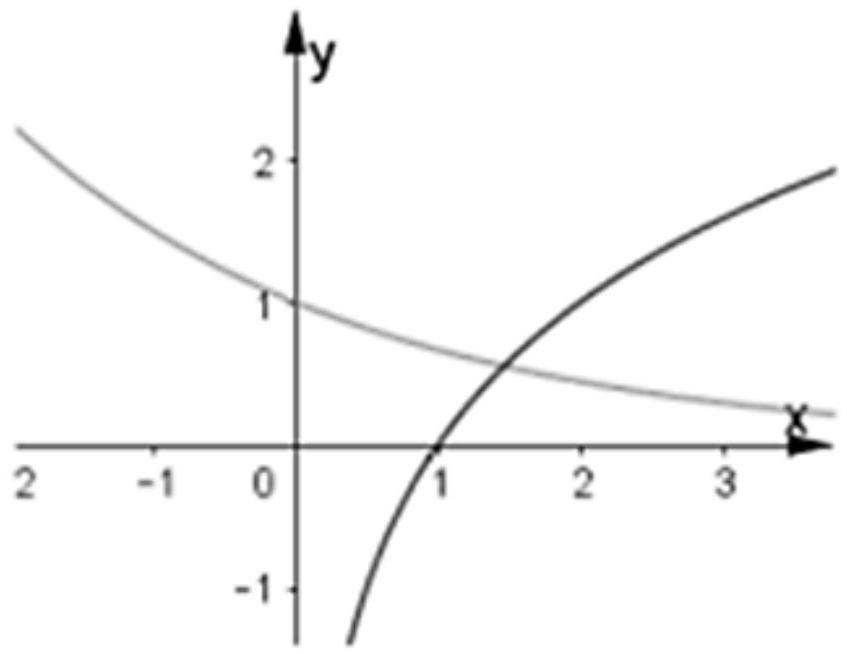Read the following passage about the Pathways from Today's Actions to Tomorrow's World and mark the letter A, B, C or D on your answer sheet to indicate the best answer to each of the following questions from 31 to 40.
As we stand at the crossroads of environmental decision-making, the actions we take today will shape our world in 2050. Scientists warn that we're skating on thin ice with current consumption patterns and carbon emissions. Global temperatures could rise by 2-4 degrees Celsius unless significant changes occur within the next decade. Many countries have pledged to achieve carbon neutrality by 2050, but these promises require immediate implementation. Individual choices in transportation, energy usage, and consumption can collectively influence whether future generations inherit a sustainable planet or face severe climate consequences.
[I] Technological innovation represents our greatest hope for addressing environmental challenges by 2050. [II] Renewable energy sources like solar and wind are becoming increasingly affordable, potentially replacing fossil fuels entirely within thirty years. [III] Electric vehicles may dominate transportation networks, while vertical farming could transform food production in urban areas. [IV] However, these technological solutions must be developed and deployed equitably to avoid creating new disparities between wealthy and developing nations.
Social structures will undergo dramatic transformation by 2050 as demographic shifts reshape communities worldwide. Aging populations in developed countries will necessitate new approaches to healthcare, retirement, and social support systems. Meanwhile, climate migration may force millions to relocate from vulnerable coastal and drought-prone regions. Education systems must evolve to prepare our students for jobs that don't yet exist, emphasizing their adaptability and lifelong learning. Cities will need to become more resilient, incorporating green spaces and sustainable infrastructure to support growing populations.
Economic models must fundamentally change by 2050 to balance prosperity with environmental responsibility. The traditional focus on continuous growth may shift toward measuring success through wellbeing indicators rather than GDP alone. Circular economy principles will likely replace linear production models, with products designed for reuse and recycling. Resource-sharing platforms may become more prevalent, reducing individual consumption while maintaining living standards. Companies implementing genuinely sustainable practices will thrive, while those clinging to environmentally harmful methods may disappear entirely. The transition presents both challenges and opportunities for businesses willing to embrace innovation and sustainability.
The phrase “skating on thin ice” in paragraph 1 could be best replaced by _________.

















